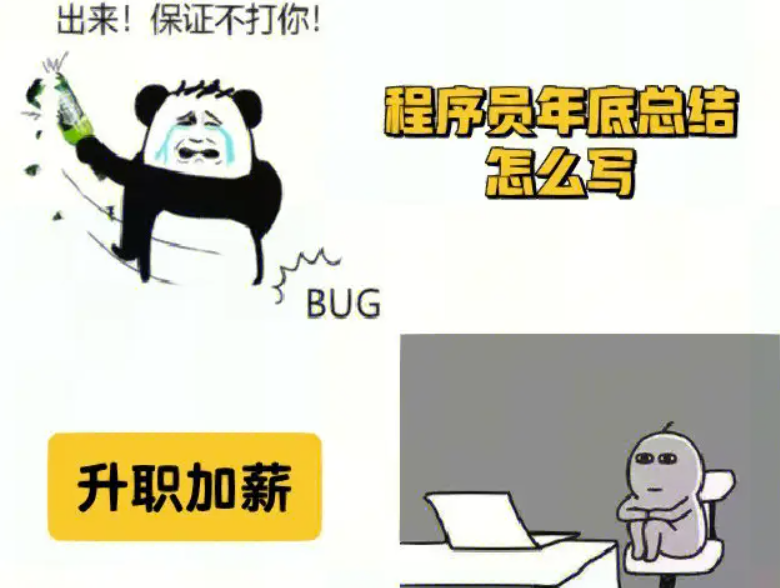下面是一个关于自主驾驶技术的论文框架,按照你提供的结构展开。请注意,由于篇幅限制,以下内容会简要概述每个部分的关键点。如果需要详细信息或扩展某一部分,请告知。
The Future of Autonomous Vehicle Technology
1. Introduction
Research Background
The development of autonomous vehicles has gained significant momentum over the past decade, driven by advancements in technology and a growing interest in transportation safety and efficiency. This shift is indicative of broader trends in automation and artificial intelligence.
Research Purpose
This paper aims to explore the current state of autonomous vehicle technology, examining its core technologies, recent advances, challenges faced, and future prospects. By providing an overview of these aspects, this research intends to contribute to a deeper understanding of how autonomous driving will shape the future of mobility.
Paper Structure Overview
The paper is organized into several sections: an overview of autonomous vehicle technology, a discussion on core technologies, an examination of recent advances, challenges encountered, future directions, and concludes with key findings and recommendations for further research.
2. Overview of Autonomous Vehicle Technology
The Definition of Autonomous Driving
Autonomous driving refers to the capability of a vehicle to navigate and operate without human intervention. It encompasses various levels of automation as defined by international standards.
History of Self-Driving Cars
The concept dates back to the 1920s but gained traction in the late 20th century with advances in robotics and AI. Major milestones include developments from universities and tech companies leading up to today’s prototypes.
Classification Standards for Autonomous Driving (e.g., SAE Standards)
The Society of Automotive Engineers (SAE) defines six levels (0-5) based on automation extent—from no automation at Level 0 to full self-driving capabilities at Level 5. These classifications help clarify what users can expect from different vehicles.
3. The Core Technology of Autonomous Vehicles
Sensor Technology
- LIDAR: Uses laser light to measure distances.
- Radar: Employs radio waves; effective in various weather conditions.
- Cameras: Provide visual data; essential for computer vision tasks.
- Ultrasonic Sensors: Typically used for close-range detection such as parking assistance.
Data Processing and Fusion
Effective operation relies on sensor data fusion—combining inputs from multiple sensors—to create high-fidelity maps that support real-time decision-making processes within vehicles.
Artificial Intelligence and Machine Learning
AI plays a critical role through:
- Computer Vision: Enabling recognition objects like pedestrians or traffic signs.
- Deep Learning: Facilitating pattern recognition within vast datasets.
- Decision and Control Algorithms: Guiding safe navigation through complex environments.
4. Advances in Self-Driving Cars
Technical Progress
Recent years have seen remarkable improvements in both hardware (sensors becoming more advanced) and software (better algorithms enabling quicker processing).
Commercialization Progress
Major corporations such as Waymo, Tesla, Uber, along with numerous startups are actively developing self-driving technologies with pilot programs across various cities worldwide.
Legal and Regulatory Framework
Countries are beginning to draft national policies focusing on safe integration while addressing standards for testing new technologies on public roads.
5. Challenges Facing Self-Driving Cars
Technical Challenges
Despite progress, limitations persist regarding sensor performance under adverse conditions or unexpected scenarios complicate data interpretation which raises reliability concerns.
Ethical and Social Challenges
Ethical dilemmas arise when vehicles must make decisions impacting human lives during unavoidable accidents; additionally social acceptance remains uncertain due to fears about job losses among drivers or technicians affected by automation advances.
Legal and Regulatory Challenges
Navigating liability issues following accidents involving autonomous vehicles poses substantial challenges while maintaining privacy protection amidst data collection practices used by these systems requires attention too.
6. Future Development Direction and Prospect
Emerging Technology & Innovation
Continuous innovation will likely yield breakthroughs like improved battery technologies enhancing electric vehicles’ range alongside better AI methodologies contributing towards smarter algorithms capable of handling nuanced situations effectively over time ahead!
Diverse Cooperation & Ecosystem
Collaboration across industries—including automotive manufacturers partnering with tech companies—will be paramount toward creating comprehensive solutions shaping sustainable ecosystems surrounding autonomous mobility infrastructure moving forward long term wise!
7. Conclusion
Summary Of Key Findings
In summary , autonomous vehicle technology represents one avenue through which societies could witness transformative changes benefiting transportation sectors—but not without considerable hurdles needing addressed proactively first .
Suggestions For Future Research
Further interdisciplinary studies focusing deeply upon implications surrounding ethics / legal frameworks especially required prioritizing societal impacts involved ensuring every stakeholder viewpoint adequately represented throughout development cycles maximizing potential successes transitioning smoothly integrating transformative solutions shaping how we perceive mobility altogether efficiently going forth .
如果你需要具体段落更详细的解释或想要加入特定案例研究、统计数据等,请告诉我!
内容由零声教学AI助手提供,问题来源于学员提问





















